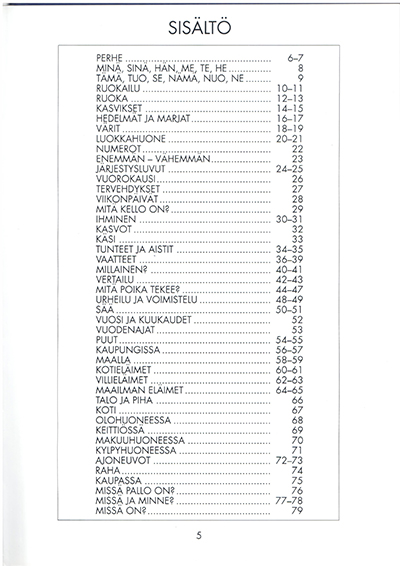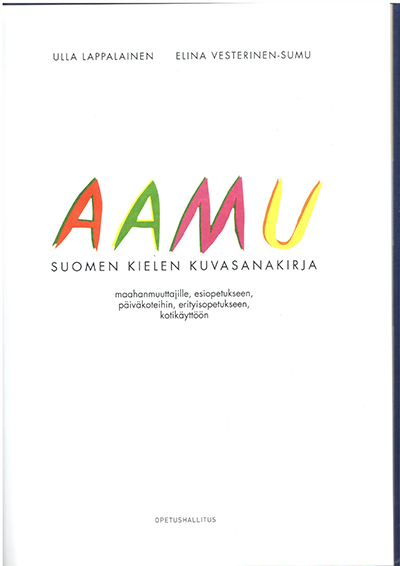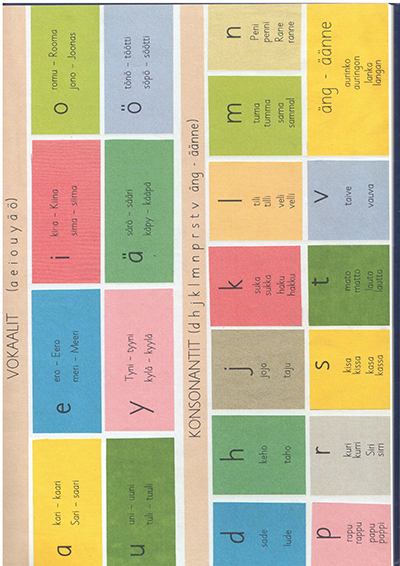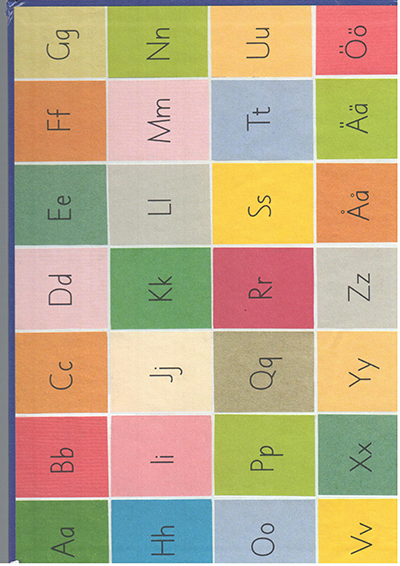| Sorted by date | |||
page218from Building Ideas
The interpreter attempts to step outside
the actual conditions of the experiment in order to achieve a level of
neutrality and repeatability in their observations. Gadamer saw this condition
of estrangement between observer and observed as the exact opposite of the
experience of belonging that he felt was essential to hermeneutic
understanding.
It
is here that Gadamer’s thought becomes prone to the charge of conservatism,
because of his emphasis on the sense of belonging necessary to his concept of interpretation.
In fact, a brief definition makes this point all too clear, when he claims that
hermeneutics consi... more ...
|
|||
|
|||
|
|
|||
page217from Building Ideas
shifted dramatically once more. From being
a question of epistemology concerning the different modes of knowledge, the
issue then became one of ontology, or the fundamental nature of human being. In
Heidegger’s work, understanding became the basic mode of being, and he set out
to describe the world in which this being is situated. In Chapter 3 we
discussed the general direction of Heidegger’s work as he progressed from an
emphasis on the everyday “lifeworld” towards the gradual privileging of
language. The discussion of tools provides a good example of the understanding
of objects according to context, with the hermeneutic circle in this case
consisting of a network of related practices. An object thereby becomes
meaningful in relation t... more ...
|
|||
|
|
|||
|
|
|||
page216from Building Ideas
Friedrich
Schleirmacher is the figure most often credited with this innovation, a
professor of theology who saw hermeneutics as a method for eliminating
misunderstanding. His view that the understanding of a text depended on an
understanding of the author can be seen as a consequence of Kant’s notion of
art as the product of individual genius. This Romantic concept of the
individual as the origin of all meanings has been challenged, as we now know,
by the twentieth century philosophies of structure. However, in the early
nineteenth century rebellion against the constraints of classical traditions, a
new impetus was added to the search for reliable principles of interpretation.
Schleiermacher... more ...
|
|||
|
|
|||
page215from Building Ideas
reference to scripture immediately
highlights the religious origins of the term, in both the Biblical and the
ancient Greek practice of interpreting the “word of God”. It derives from the
Greek term used for the priest at the Delphic oracle, and also from Hermes, the
wing-footed messenger-god. Hermes is the Greek equivalent of the angel in
Christianity, the intermediary figure who communicates between people and the
gods. We previously met this figure in the structuralist analysis of myth, as a
device for explaining the causes of otherwise mysterious events. In
hermeneutics, the god Hermes could be seen as a convenient metaphor, as a
reminder of the idea that texts can be understood as “messages”. The fact that
texts require interpretati... more ...
|
|||
|
|
|||
page214from Building Ideas
Countless times in the course of a normal
day, similar “acts of theatre” take place, with architecture as an ever-present
backdrop playing its part in the drama.
How
we understand these various languages of non-verbal communication has been the
subject of the second part of this book. That we do understand each other at
all, in our different models discourse, is testament to the presence of various
shared underlying structures. With phenomenology, the problem centred on the
notion of “intersubjectivity” and the extension of bodily experience beyond the
individual’s perceptual realm. Structuralsim appeared to off... more ...
|
|||
|
|
 ... ...
... ... ... ...
... ... ... ...
... ... ... ...
... ... ... ...
... ... ... ...
... ... ... ...
... ... ... ...
... ... ... ...
... ... ... ...
... ... ... ...
... ... ... ...
... ... ... ...
... ... ... ...
... ... ... ...
... ...